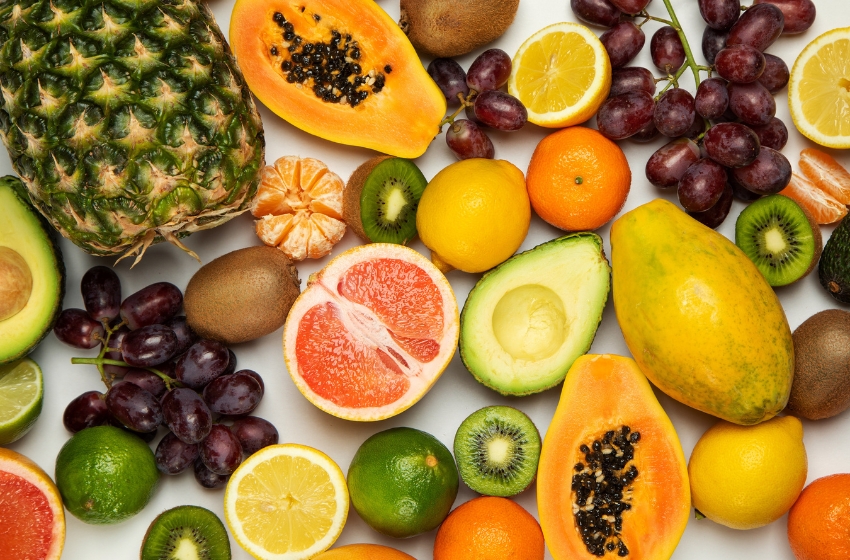According to the State Customs Service, in January–June 2025, Ukraine imported agri-food products worth USD 4,262 million. This is USD 398 million more than in the first six months of the previous year, reported Bohdan Dukhnytskyi, Doctor of Economics and Leading Researcher at the Department of Agricultural Market and International Integration of the National Scientific Center Institute of Agrarian Economics.
According to him, the main suppliers of agri-food products to Ukraine continue to be EU countries, accounting for over 52% of imports. In the first half of 2025, Ukraine purchased agricultural products worth USD 2,235 million from this region.
Other regions accounted for significantly smaller import volumes. In January–June this year, Ukrainian companies imported food from partners in:
- Asia: USD 820 million (over 19%),
- Latin America: USD 351 million (8%),
- Africa: USD 242 million (around 6%).
The top suppliers of agricultural products to Ukraine were:
- Poland (USD 568 million),
- Turkey (USD 345 million),
- Germany (USD 322 million),
- Italy (USD 202 million),
- Netherlands (USD 200 million),
- France (USD 171 million),
- Norway (USD 147 million),
- Spain (USD 140 million),
- China (USD 132 million),
- Ecuador (USD 111 million).
These 10 countries together account for 55% of the total value of Ukraine's agri-food imports.
The structure of imported food products remains mostly unchanged. However, since 2022, due to the occupation of certain territories and active combat in southern Ukraine caused by russia's full-scale invasion, vegetables have been added to the list of key imports.
Fruit and berry imports consist mainly of citrus fruits, bananas, exotic fruits, and nuts. In the first half of 2025, this group totaled USD 472 million, up 14% year-over-year.
One of the two largest import groups remains fish, crustaceans, and mollusks. Their total import value for the first half of 2025 was USD 444 million, similar to the previous year. Within this group, frozen fish stood out, amounting to USD 196 million, which is about 6% less than the USD 209 million recorded in H1 2024.
Imports of alcoholic and non-alcoholic beverages amounted to USD 370 million — about 2% more than last year. Most of this (USD 304 million) came from strong alcoholic drinks, wine, and beer.
The value of vegetable imports rose by 64% to USD 355 million. Ukrainian importers focused on tomatoes, potatoes, cabbage, carrots, cucumbers, and sweet peppers — items in limited domestic supply due to seasonal factors or unexpected drops in production.
Other food items (including extracts, concentrates, sauces, etc.) were imported for USD 277 million, up 2% year-on-year.
Cocoa product imports increased by 29% to USD 265 million.
Oilseed imports totaled USD 260 million, 10% lower than in H1 2024. Notably, sunflower seed imports dropped by 17% to USD 133 million.
Animal feed and waste imports decreased by 2% to USD 226 million.
Tobacco product imports remained unchanged at USD 213 million.
Coffee and tea imports rose by 25% to USD 211 million.
Together, these products account for over 70% of the total value of agri-food imports to Ukraine.
"The increase in the value of agricultural imports is attributed to stable demand for key food groups of foreign origin and a general rise in global prices. If this trend continues in the second half of 2025, it will mark the third consecutive annual increase in agri-food imports during the ongoing full-scale war with Russia," Dukhnytskyi concluded.





















